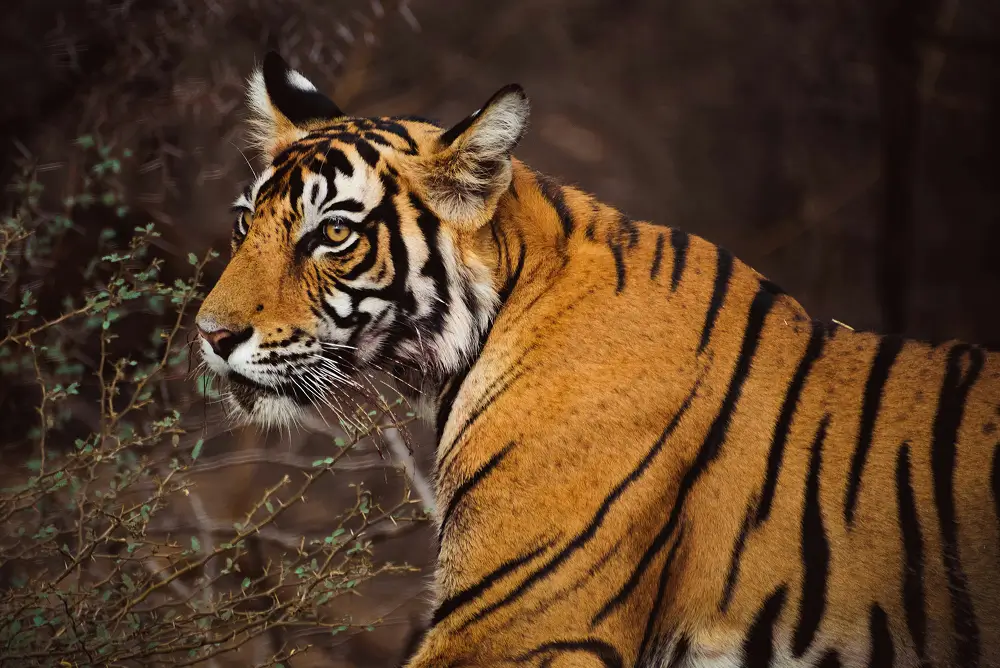
10 Best Wildlife Reserves of India: A Journey into the Wild
India, with its vast and diverse terrain, is home to a spectacular range of wildlife. From the snow-capped Himalayas to the dense Western Ghats, arid deserts to lush mangroves, the subcontinent shelters a wide variety of species — many of which are endangered. Wildlife reserves and national parks in India are not only vital for conserving biodiversity but also offer thrilling experiences for nature lovers and adventure seekers. Here are 10 of the best wildlife reserves in India that every wildlife enthusiast must visit.
1. Jim Corbett National Park, Uttarakhand
Established: 1936
Famous for: Bengal Tigers, Elephants, Leopards
Jim Corbett National Park is India’s oldest national park and a part of the larger Corbett Tiger Reserve. Nestled in the foothills of the Himalayas, it is one of the best places to spot the elusive Royal Bengal Tiger in its natural habitat. The park also hosts elephants, otters, gharials, and over 650 species of birds. With scenic landscapes of grasslands, rivers, and dense sal forests, it offers an unforgettable safari experience.
Best time to visit: November to June
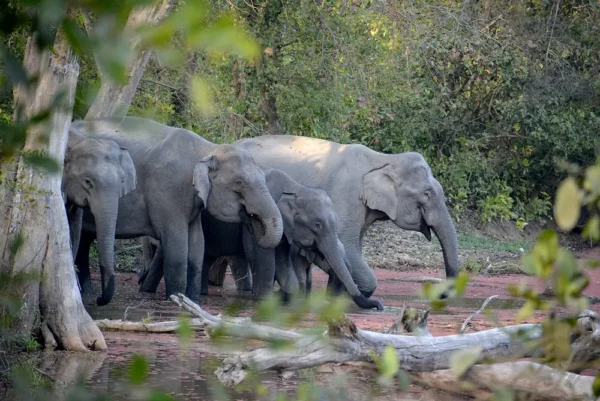
2. Ranthambore National Park, Rajasthan
Established: 1980
Famous for: Bengal Tigers, Leopards, Ancient Ruins
Ranthambore, located near the historic town of Sawai Madhopur, is famous for its thriving tiger population and the picturesque Ranthambore Fort nestled within the reserve. The park’s open terrains and dry deciduous forests make tiger sightings relatively frequent. Besides tigers, the park is home to sloth bears, hyenas, jackals, and a wide variety of birds and reptiles. The park hosts also a magnificent fort built in 10th century.
Best time to visit: October to April
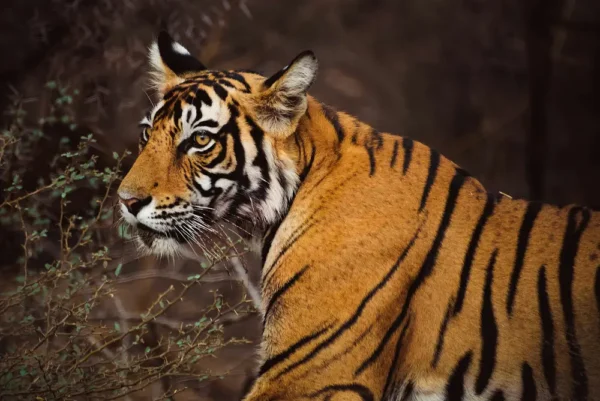
3. Kaziranga National Park, Assam
Established: 1905
Famous for: One-Horned Rhinoceros, Wild Buffalo, Swamp Deer
A UNESCO World Heritage Site, Kaziranga is famed for harbouring the world’s largest population of the endangered one-horned rhinoceros. The park’s marshlands and tall elephant grass provide refuge to a wide array of fauna including elephants, tigers, leopards, and more than 480 species of birds. The park is a symbol of successful conservation efforts in India.
Best time to visit: November to April
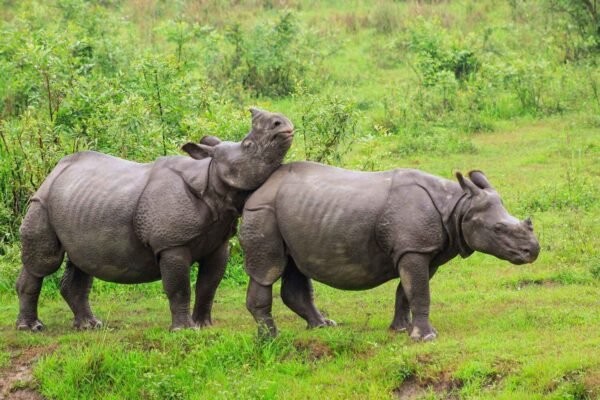
4. Sundarbans National Park, West Bengal
Established: 1984
Famous for: Royal Bengal Tigers, Mangrove Forests, Estuarine Crocodiles
The Sundarbans, a UNESCO World Heritage Site, is the world’s largest mangrove forest and home to the only population of tigers adapted to an amphibious lifestyle. Accessible only by boat, the dense maze of tidal waterways offers a unique opportunity to experience nature at its most primal. It’s also a haven for fishing cats, macaques, and numerous bird species.
Best time to visit: December to February
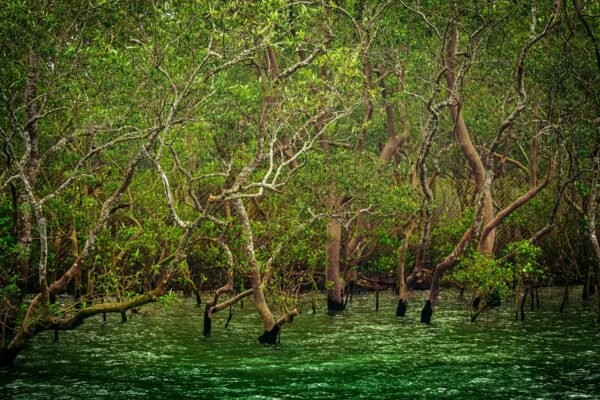
5. Bandhavgarh National Park, Madhya Pradesh
Established: 1968
Famous for: Tigers, Leopards, Historical Forts
Once a hunting ground for Maharajas, Bandhavgarh boasts one of the highest tiger densities in the world. This park is also steeped in myth and history, with ancient caves and inscriptions scattered around the forest. Apart from tigers, you can spot deer, langurs, wild boars, and more than 250 bird species.
Best time to visit: October to June
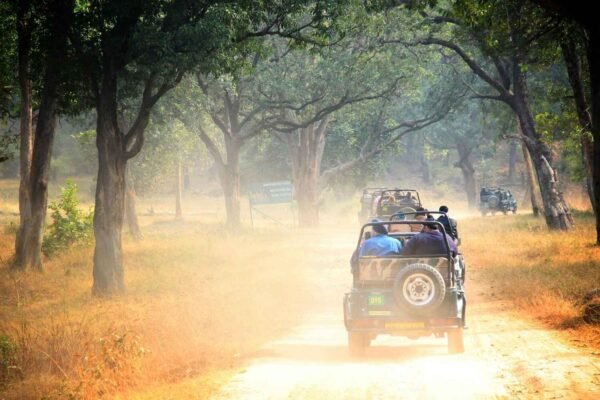
6. Gir National Park, Gujarat
Established: 1965
Famous for: Asiatic Lions
The last refuge of the endangered Asiatic lion, Gir National Park offers a rare opportunity to observe these majestic big cats outside of Africa. Located in the dry deciduous forests of Gujarat, the park also hosts leopards, hyenas, sambar deer, and crocodiles. Gir is a conservation success story and a point of pride for Indian wildlife heritage.
Best time to visit: December to April
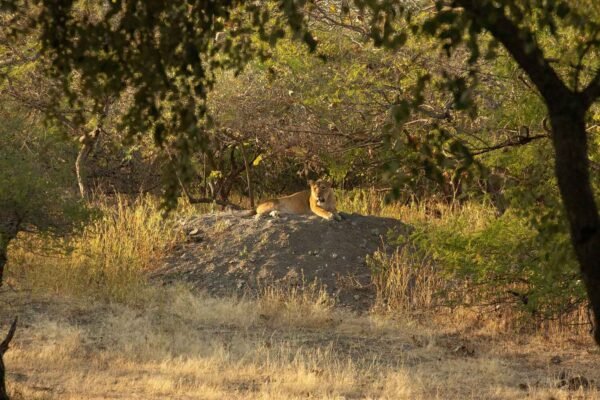
7. Periyar Wildlife Sanctuary, Kerala
Established: 1950
Famous for: Elephants, Boating Safaris, Spice Plantations
Located in the Western Ghats, Periyar is a picturesque sanctuary centered around the Periyar Lake. It’s one of the best places to observe elephants in the wild, especially during boat rides. The lush green landscape also supports tigers, wild boars, Indian bison, and a rich variety of flora and birds.
Best time to visit: October to May

8. Kanha National Park, Madhya Pradesh
Established: 1955
Famous for: Barasingha (Swamp Deer), Tigers, Lush Meadows
Often cited as the inspiration for Rudyard Kipling’s The Jungle Book, Kanha is one of India’s best-maintained national parks. It is known for its population of barasingha, tigers, and beautiful sal forests interspersed with grassy meadows. The park’s efforts in reviving the barasingha from near extinction are particularly noteworthy.
Best time to visit: October to June
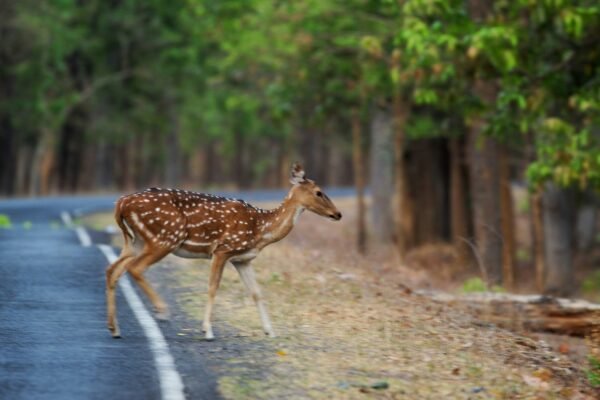
9. Nagarhole National Park, Karnataka
Established: 1988
Famous for: Elephants, Tigers, Leopard, Riverine Forests
Part of the Nilgiri Biosphere Reserve, Nagarhole (also called Rajiv Gandhi National Park) is known for its rich biodiversity and scenic beauty. With dense forests, waterfalls, and winding rivers, it provides a perfect ecosystem for tigers, leopards, elephants, dholes (wild dogs), and over 300 species of birds. Its proximity to Bandipur and Wayanad reserves makes it part of a crucial wildlife corridor.
Best time to visit: October to May
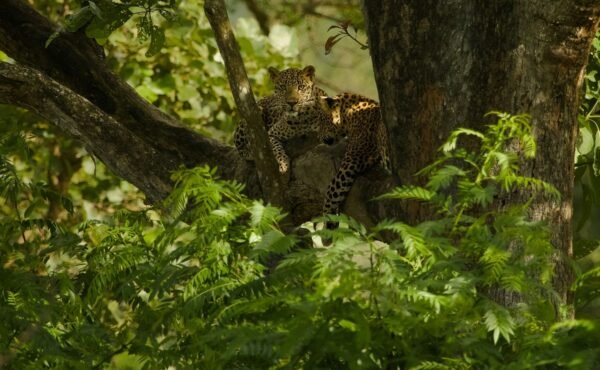
10. Hemis National Park, Ladakh
Established: 1981
Famous for: Snow Leopards, Himalayan Wildlife, High-Altitude Landscapes
Hemis is India’s largest national park and one of the highest-altitude wildlife sanctuaries in the world. Located in the stark and stunning landscapes of Ladakh, it’s one of the few places where you can spot the elusive snow leopard. Other rare species include the Tibetan wolf, blue sheep, and the red fox. For wildlife photographers and adventure trekkers, Hemis offers an unforgettable high-altitude experience.
Best time to visit: May to September

India’s wildlife reserves are more than just tourist destinations — they are living museums of nature, playing a critical role in the conservation of countless species. Each park offers a unique blend of landscape, wildlife, and cultural heritage. Whether you’re a seasoned traveler or someone seeking a deep connection with the natural world, these reserves provide a chance to witness the raw, untamed beauty of India.
From the thundering roars of Bengal tigers in Ranthambore to the silent footsteps of snow leopards in Hemis, India’s wilderness invites you to explore, respect, and protect.
